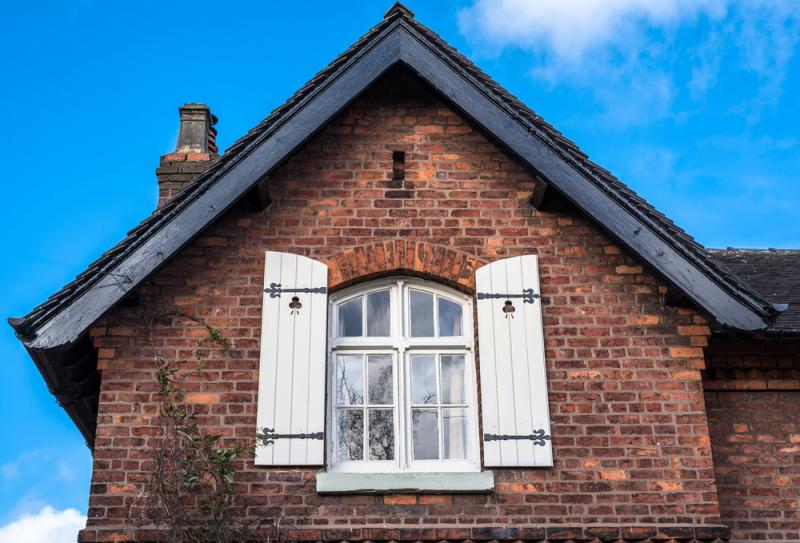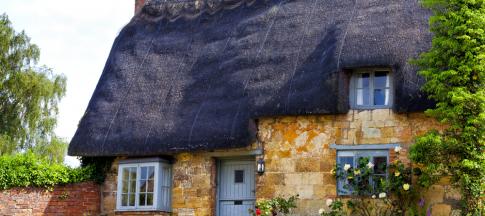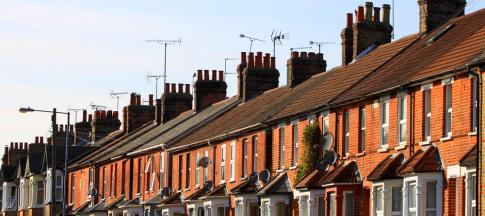
No matter how cautious we are, every home can face issues like fires, extreme weather, or burglary.
Listed buildings are no exception. If you own a listed building, you can get home insurance that's tailored to your home.
It'll need to take into account the building’s listing status, historical and architectural features, as well as fixtures, fittings, and individual contents.
What is a listed building?
In the UK, listed buildings are structures that have architectural, cultural or historical importance.
They might be considered significant because of:
- how old the building is
- their aesthetic appeal
- their history
- how rare that type of building is
This means that any repairs, maintenance and improvements will likely cost a lot more compared to non-listed buildings.
You have to get permission from the local council or other government authority if you want to make any changes to a listed building, such as demolition, extensions or alterations of any kind.
What are the categories of listed buildings?
There are three main categories of listed buildings in England and Wales:
- Grade I - buildings of exceptional interest, which make up 2.5% of listed buildings.
- Grade II* - buildings of particular importance and of more than special interest, which make up 5.8% of listed buildings.
- Grade II - buildings of special interest, which make up 91.7% of all listed buildings.
Homeowners of listed buildings are most likely to own a Grade II structure.
How many listed buildings are there in the UK?
There are lots of listed buildings in the UK. There are currently around 370,000 listed buildings in England alone.
Plus, a listed building can include several buildings or units at one time, like a row of terrace houses.
Scotland, Wales and Northern Ireland also have their own lists:
- Historic Environment Scotland
- Cadw
- The Northern Ireland Environment Agency
Listed building status can also be established through local authorities.
How do I know if I own a listed building?
You'll usually find out if the house you're buying is listed when you're going through the sale process.
Your estate agent should know all the details about the home, and let you know as soon as you're interested.
You can also search through different databases based on the country you live in:
- England: The National Heritage List for England (NHLE)
- Wales: National Historic Assets of Wales
- Scotland: Historic Environment List
- Northern Ireland: Buildings Database
Why is home insurance different for listed buildings?
There are a few reasons:
- If your listed building needs any repair or maintenance, you'll probably need specific materials and expert work to make sure the building maintains its listed status and doesn't lose any value.
- You'll need consent from Historic England or another relevant authority before you can do any repairs or maintenance on the building.
- Your building may have rare or specific features - for instance, a thatched roof.
- The building might be particularly susceptible to a specific type of damage because of how they're built or the materials used.
All of these things mean that insurance for listed buildings is usually more expensive compared to newer homes and non-listed buildings.
This is why it’s really important to carry out careful research on your listed building before buying home insurance.
At Admiral, we don't cover for Grade I or Grade II* listed buildings.
What to do if you’ve bought a listed building
Owning a listed building is seen by many as a great privilege, but it also comes with a lot of obligations.
It's important to find out all that you can about the building’s history, so that you understand how best to look after it. You should look into:
- when it was built, and by who
- what it's made from
- accurate rebuild costs
- what repairs have been done so far
You’ll more than likely have to share this info with your insurer as well.
To get an idea of potential costs for any work on your listed building, you might want to pay for a specialist valuation by a quantity surveyor before getting a quote from an insurer.
Making changes to my listed building
Listed buildings can be altered and improved, as long as you get permission and the work is properly researched.
It's widely accepted that old buildings need modern heating appliances and other fittings to be liveable for homeowners.
But be aware that many old homes need specific care. For instance, rendering a house built before 1910 requires the use of lime mortar, as cement mortar or plastic based paints on the interior can cause damp and rotting timber.
It's always best to get professional advice before you carry out any work on your listed property.


